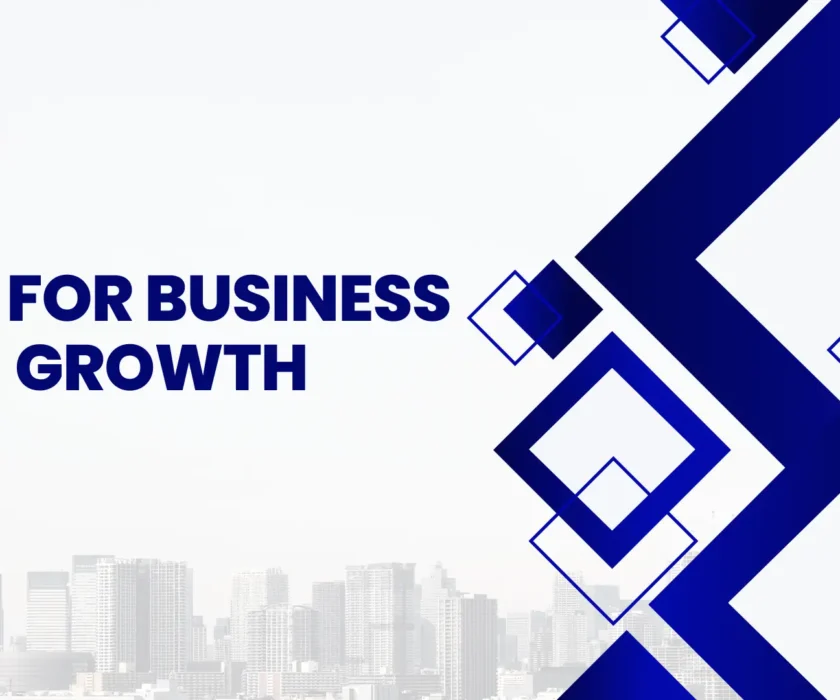The Generous Operation for Change
Let’s get one thing clear. Marketing is the art of invitation. It is a generous operation. A choice to show up for a specific group of people and help them get to where they wish to go. A simple idea, right? Almost feels obvious. Yet it’s a universe away from the spammy, self-serving tactics we all know. This work begins with a question. A beautifully simple, brutally effective question: Who is it for? And a follow-up:
What is it for?
Answering these two, I mean honestly answering them, is the whole game. It’s the foundation for everything subsequent. It compels you to get specific. To choose. To say, “My work is for these people, with these dreams, these fears, and these beliefs. And it is for this purpose.” The process is one of exclusion, and that’s a good thing—a great thing, even. You are for someone specific. Attempting to be for everyone makes you for no one. A bland commodity in a race toward the bottom. Just beige wallpaper.

Your Smallest Viable Audience
Magic happens at the edges. Always has. The mainstream, the big fat middle of the bell curve, is where ideas go for a quiet retirement. The people there want proven things. They want safe things. They want what their neighbors have. All the energy, momentum, and change come from the innovators and the early adopters. The weirdos. The geeks. The people who lean toward the new get a thrill from the untested. These are your people. Your smallest viable audience. The smallest group you can serve that can sustain you.
Find them. Obsess over them. Understand their worldview. Speak their language. Solve their specific problems. Make something just for them. A product, a service, a story so perfectly tuned to their frequency, they must listen. And when they hear and see you truly see them, they do the most potent thing a person can do for a business. They tell their friends. They do it without your request. They do it without a discount coupon. They do it because it feels good to share something that works. It feels good to be the person who knows a guy who found the thing. That is how ideas spread. Organically. Authentically. Person to person. Story to story. A signal flare. Then a steady light. Eventually, a map for others.

The Potency of a True Story
People buy the why behind your work. They buy the story. A catch exists: it must be a true story. Its truth resides in its intention, promise, and change it seeks to make. A true story says, “People like us do things like this.” It connects to our deep human desires for status and affiliation. We want to know our position, and we want to know we belong. Your story allows people to signal their status and affirm their place in a tribe.
Think about your own choices. The coffee you drink, the clothes you wear, the causes you support. They’re all signals. They’re all stories. You’re telling the world something about who you are. A savvy marketer understands this. He sells feelings. He sells identity. He creates a compelling narrative that people will pay a premium for participating in. It’s a kind of enchantment, quietly. And it’s built on a foundation of practical empathy. The simple, profound understanding is that the customer cares about their needs. Their problems. Their dreams. Your job is to connect your solution to their life.

The Trust Economy
For the longest time, the game was the focus. How do I get more eyeballs? How do I get more clicks? Attention is a cheap commodity. It’s fleeting. It’s easily bought and just as easily lost. Trust, on the other hand, is priceless. And it’s scarce. Trust is the new currency in a world saturated with hype and false promises. You earn trust through consistency. You earn it through generosity. You earn it when you show up, day after day, and deliver on your promises. You earn it. And you earn it.
This requires a mental shift from a manager to a leader. A manager wants to know what worked yesterday. He wants a map, a guarantee. He wants to minimize risk. A leader, conversely, is willing to step into the void. He is willing to articulate a future that is still absent. He is willing to say, “I have a good feeling this will work, and I believe it’s worth the attempt.” Leadership is voluntary. Someone appoints you a manager; you appoint yourself a leader. It’s a choice. The choice to see a better future and to enroll others in the quest to get there.
Reinvention, then, is a process. It is a commitment. It’s the creative work to see what is and to imagine what could be. It’s the courage to run experiments, fail, learn, and try again. It’s the understanding that the path to success has a pavement of generosity. Give away your best ideas. Connect people who should know each other. Build a circle of people around your work. Create something bigger than yourself. Because in the end, that is what lasts. That is the work that has meaning.


